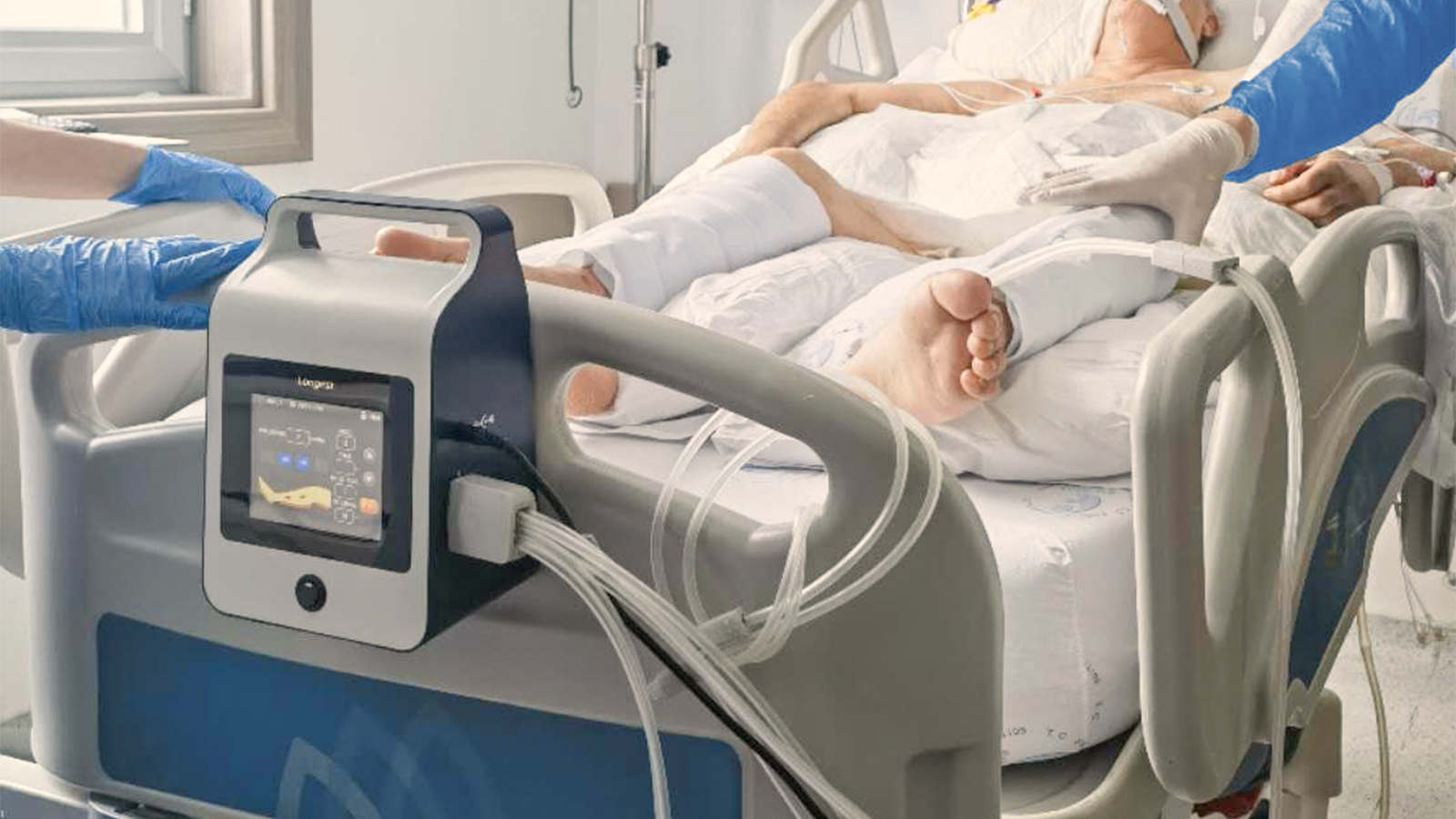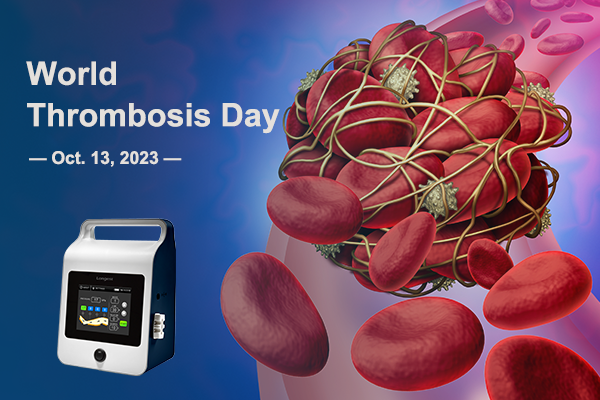World Thrombosis Day: Safeguarding Patients at the Risk of Blood Clots

Venous thromboembolism (VTE) occurs when a blood clot forms within a blood vessel, obstructing the normal flow of blood. Depending on where the clot forms, it can lead to health complications such as deep vein thrombosis (DVT) in the legs and pulmonary embolism (PE) in the lungs. Thrombosis can affect individuals of all ages and backgrounds, making it a significant global health concern.
The Burden and Importance of VTE Prevention
- VTE affects nearly 10 million people worldwide.
- Blood clots are a leading cause of preventable hospital death
- VTE is the major cause of morbidity and mortality in general surgical patients
- Roughly 1 out of 10 hospital deaths are related to lung blood clots (PE).
- About half of all blood clots occur within 3 months of a hospital stay or surgery
- DVT occurs with an incidence of approximately 1 per 1,000 annually among adults
- It can increase the risk of long-term health issues including recurrent blood clots, making the condition more challenging to manage.
- VET can result in prolonged hospital stays, increased healthcare utilization, and additional medical interventions, increasing cost burden for healthcare systems and individuals. According to the Agency for Healthcare Research and Quality, each DVT costs $10,000 and each PE costs $16,000.
However, there is a lack of awareness and education among both patients and healthcare professionals. According to the CDC, nearly half of all hospital patients do not receive proper prevention measures.
LGT-2200DVT, an Advanced DVT Pump Designed to Address Challenges in DVT Prevention Within Hospital Setting

Easy to learn, Easy to Use
LGT-2200DVT is a one-touch-start system. It is pre-programmed with treatment modes for simple and quick operation.
Patient Safety Ensured
- The intuitive display of the treatment status (pressure, duration, inflated chambers) on the screen enables caregivers to track the progress easily and better control the treatment.
- The alarms when there is an error limit the risk of operator error and ensure patient safety.
- Single-patient use cuffs prevent cross-infection and the breathable fabrics and design prevents infection and compression injuries.
Comfortable Treatment Experience
- The DVT pump provides gentle and comfortable gradient compression and superb outcomes.
- The low-noise operation provides patients with a comfortable recovery environment.
Flexible and Convenient
- The DVT pump is lightweight and compact, making it easier for caregivers to move it from patient to patient, from room to room. It takes up less space, too.
- Being battery-operated, it is more flexible to conduct the treatment.
Watch the video to learn about the operation


